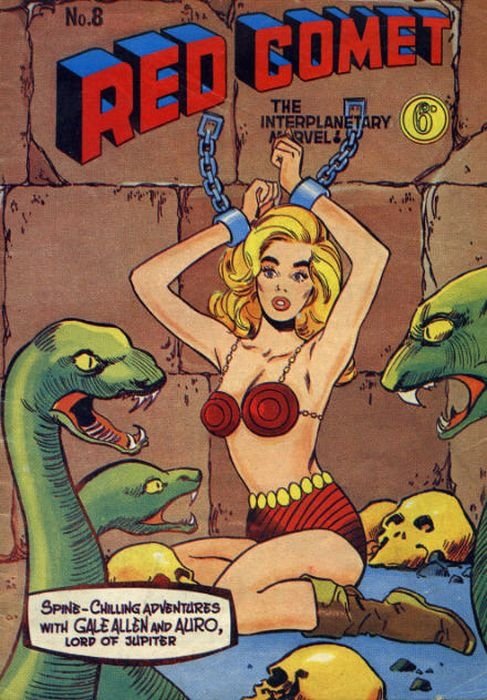|
|
Sexy Comic Book Cover Design
|
Dr. Osamu Tezuka (1928–1989), widely acknowledged as the father of narrative manga, further developed this form. Seeing an animated war propaganda film titled Momotaro's Divine Sea Warriors (桃太郎 海の神兵 Momotarō Umi no Shinpei) inspired Tezuka to become a comic artist. He introduced episodic storytelling and character development in comic format, in which each story is part of larger story arc. The only text in Tezuka's comics was the characters' dialogue and this further lent his comics a cinematic quality. Inspired by the work of Walt Disney, Tezuka also adopted a style of drawing facial features in which a character's eyes, nose, and mouth are drawn in an extremely exaggerated manner. This style created immediately recognizable expressions using very few lines, and the simplicity of this style allowed Tezuka to be prolific. Tezuka’s work generated new interest in the ukiyo-e tradition, in which the image is a representation of an idea, rather than a depiction of reality.
Though a close equivalent to the American comic book, manga has historically held a more important place in Japanese culture than comics have in American culture. Japanese society shows a wide respect for manga, both as an art form and as a form of popular literature. Many manga become television shows or short films. As with its American counterpart, some manga has been criticized for its sexuality and violence, although in the absence of official or even industry restrictions on content, artists have freely created manga for every age group and for every topic.
Manga magazines—also known as "anthologies", or colloquially, "phone books"—often run several series concurrently, with approximately 20 to 40 pages allocated to each series per issue. These magazines are usually printed on low-quality newsprint and range from 200 to more than 850 pages each. Manga magazines also contain one-shot comics and a variety of four-panel yonkoma (equivalent to comic strips). Manga series may continue for many years if they are successful, with stories often collected and reprinted in book-sized volumes called tankōbon (単行本, lit. stand-alone book), the equivalent of the American trade paperbacks. These volumes use higher-quality paper and are useful to readers who want to be brought up to date with a series, or to readers who find the cost of the weekly or monthly publications to be prohibitive. Deluxe versions are printed as commemorative or collectible editions. Conversely, old manga titles are also reprinted using lower-quality paper and sold for 120 ¥ (approximately $1 USD) each.
|
|









